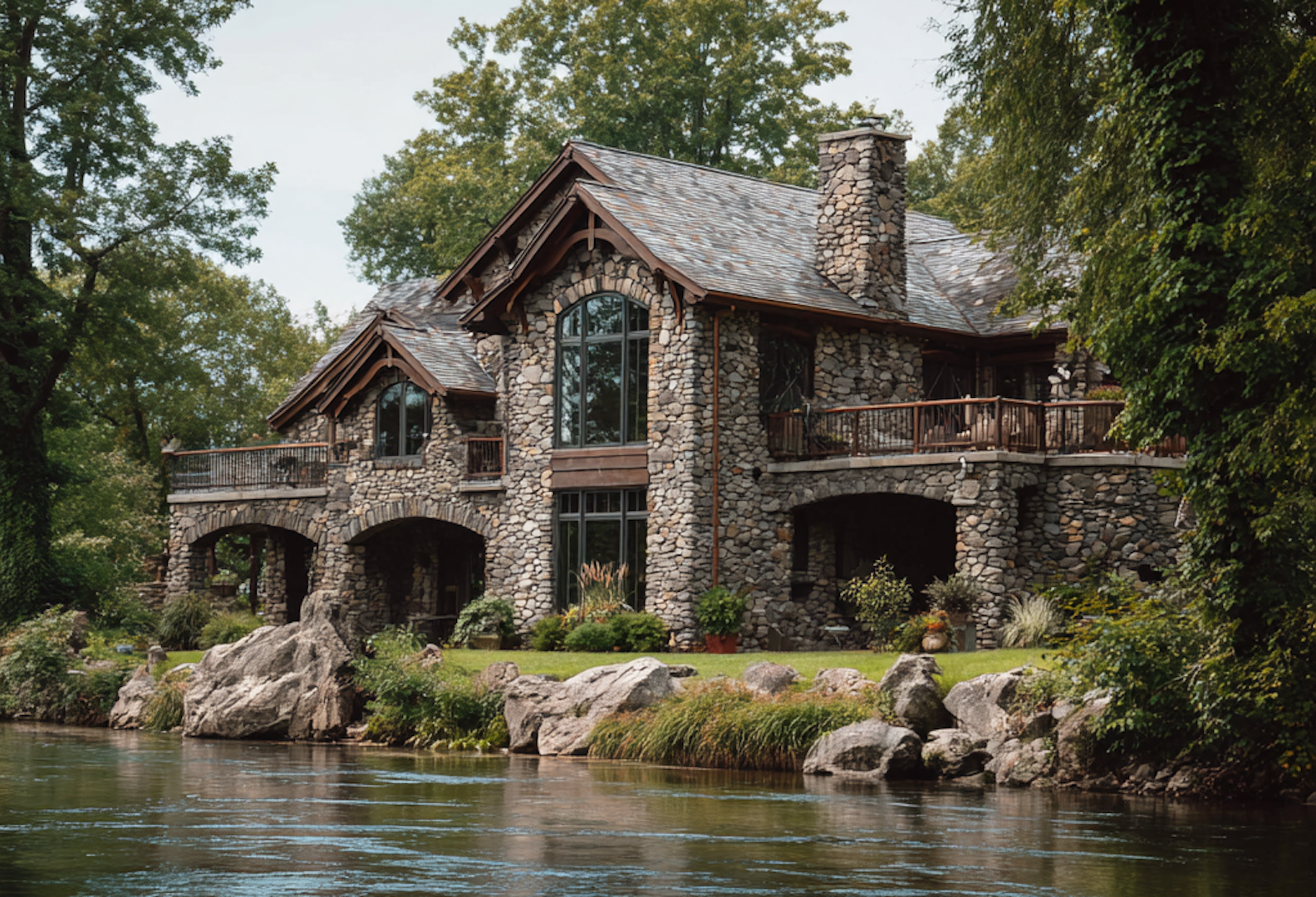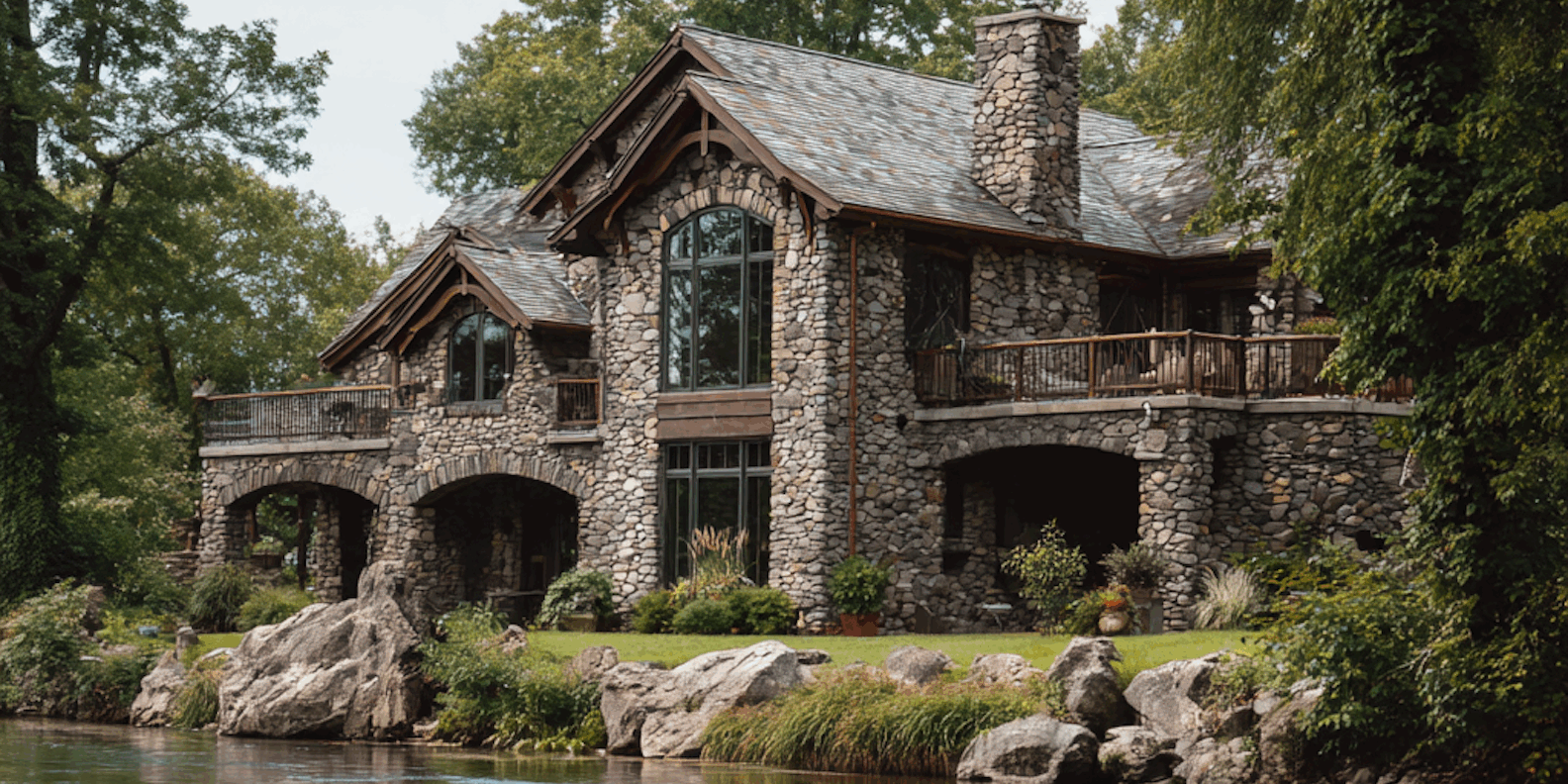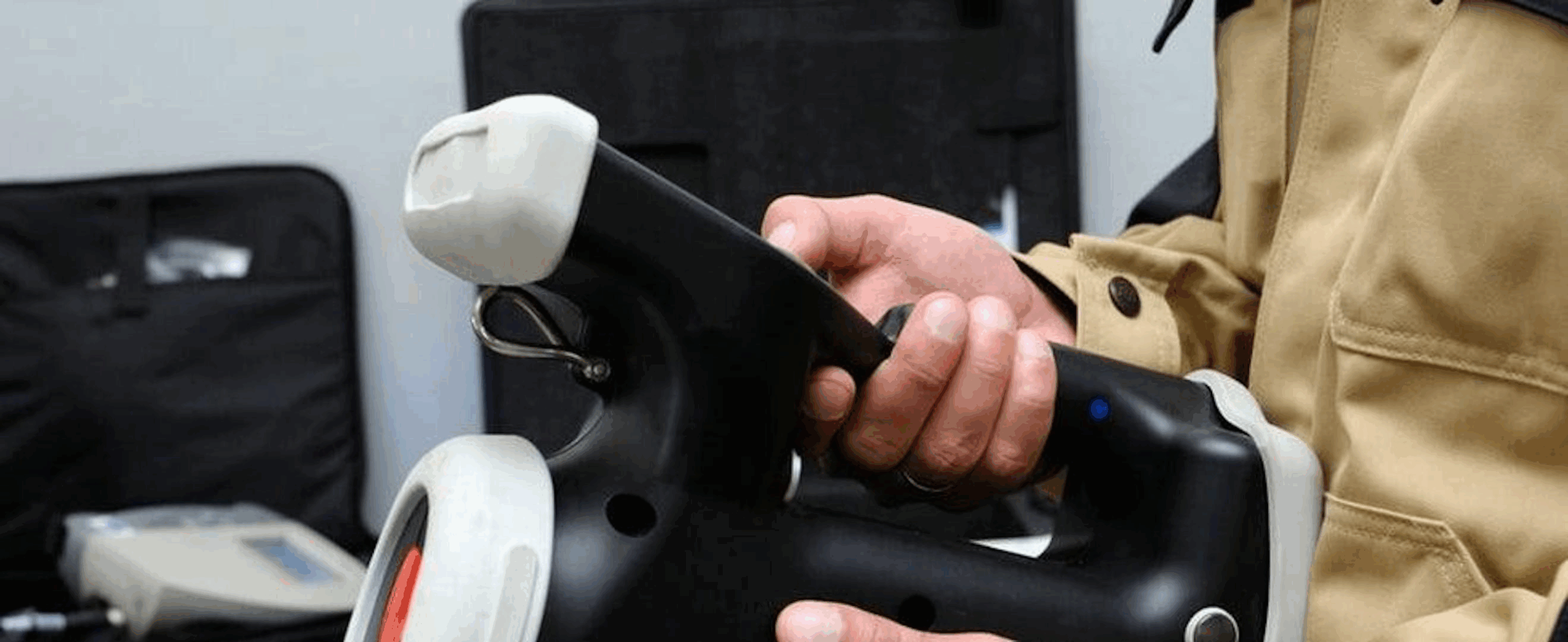Buying a House in a Flood-Prone Area? What to Watch For
FEMA’s recent flood zone redistricting map across Northeast Pennsylvania put thousands of new homes inside of FEMA-designated flood zones. Being classified in a flood zone requires homeowners with a mortgage or applying for one to get flood insurance, which can amount to roughly $1400 annually in Pennsylvania.
You may not think that your home is in danger from a flood, but even a little bit of water can amount to serious financial cost. According to FEMA, a few inches of water in your basement or home can amount to $25,000 in repairs.
Flood zones aren’t just restricted to homes along the Susquehanna River and waterfront properties along Harveys Lake; homes in areas that experience heavy runoff, such as Danville or even Dallas, may still be classified in a flood zone even if they are not directly adjacent to water.
This guide will help you understand what flood zones entail, how flood insurance works, and what to look for during inspections of homes located in flood zones.
What Does It Mean to Live in a Flood Zone?
A flood zone is a geographic area defined by the Federal Emergency Management Agency (FEMA) that reflects the flood risk level in that region. FEMA categorizes areas from low risk to high risk, with maps that outline where flooding is most likely to occur.
If a property is located in a Special Flood Hazard Area (SFHA), it is considered high-risk. That means homeowners with federally backed mortgages are required by law to carry flood insurance.
Flood insurance is a special policy separate from your homeowner’s policy that protects the home and any associated belongings from flood damage. Homes in low-risk areas may be required to carry flood insurance as well.
It’s important to understand that flood patterns can be unpredictable, and homes located outside flood zones may be vulnerable to flooding and water damage. Conversely, homes in low-risk flood zones may never experience flooding, though they may still be required to carry flood insurance.
Risks of Buying a House in a Flood-Prone Area
If you’re looking to purchase a home and discover that it is in a flood zone, you may want to take extra precautions during the inspection and appraisal process.
Flood-prone properties can still be excellent investments, but there are additional risks you should be aware of:
- Property damage – Floodwaters can cause significant structural damage, ruin flooring, drywall, and electrical systems, and lead to costly repairs.
- Mold growth – Even minor flooding can leave behind lingering moisture, creating conditions for mold that can impact health and indoor air quality.
- Insurance costs – Flood insurance premiums can add hundreds of dollars to your annual housing expenses.
- Resale challenges – Buyers may be hesitant to purchase a home in a high-risk flood zone, potentially lowering resale value.
These risks don’t necessarily mean you shouldn’t buy a home in a flood-prone area, but they should factor heavily into your decision-making process.
Am I Required to Purchase Flood Insurance for My Home?
In most cases, flood insurance will be required by law or your lender if you live in a FEMA-designated flood zone.
- High-Risk Zones (SFHA): If the property is located in a FEMA-designated Special Flood Hazard Area and you’re financing with a federally backed mortgage, flood insurance is required.
- Moderate-to-Low Risk Zones: Flood insurance isn’t federally required, but many lenders still recommend or mandate it. Even homes outside high-risk zones can experience flooding, so many buyers opt for coverage as a safeguard.
- Cash Buyers: If you’re purchasing without a mortgage, you are not legally required to carry flood insurance. However, going without coverage means assuming the full financial burden if flooding occurs.
Because premiums can vary widely based on factors like elevation, foundation type, and proximity to water, it’s wise to request a flood insurance quote early in the buying process. This allows you to budget accurately and avoid surprises before closing.
What to Look For When Inspecting a Home in a Flood Zone
A thorough home inspection is one of the best ways to avoid costly repairs and protect your investment.
Generally, the first place you and your inspector will want to analyze is the foundation’s condition. Cracks and settling don’t necessarily indicate past water damage, but water stains and visible gaps in your basement walls could indicate past flooding.
If there are any waterproofing systems available, including sump pumps or basement sealant, you’ll want to inspect that they are working properly so that if it does flood, you will be able to deal with the fallout.
Additional areas to note in the inspection report will include electrical panels and any appliances located in basements, to inspect whether there is any damage.
How to Floodproof Your Home
While purchasing a home in a flood zone can be a little nerve-racking, there are many ways to protect your home from flooding or moisture intrusion.
- Invest in flood insurance: Even if not required, flood coverage gives peace of mind and financial protection. Keep in mind that flood insurance only covers damage from natural weather events and not any moisture intrusion, such as burst pipes.
- Elevate utilities and belongings: Moving HVAC units, water heaters, and valuable items above potential flood levels reduces damage risk. Even just elevating these appliances a few inches can make a world of difference.
- Improve drainage: Consider installing sump pumps, French drains, or regrading the yard to direct water away from the home. This will help your home avoid water intrusion during snowmelt as well.
- Seal basements and foundations: Waterproofing treatments can reduce seepage during heavy rains.
These measures not only help protect your property but can also lower your flood insurance premiums.
Balancing Risks and Rewards
Buying a house in a flood-prone area doesn’t have to be a deal-breaker. Many homeowners live safely and happily in such zones with proper precautions. The key is to understand the risks, budget for insurance, and make informed decisions about protecting your property.
By researching the flood history, reviewing FEMA maps, consulting with insurance agents, and getting a detailed inspection, you’ll be in a strong position to weigh the pros and cons of the home.
FAQs
How do I know if I need flood insurance?
Flood insurance is mandatory if the home is in a FEMA-designated high-risk zone and you have a federally backed mortgage. Even outside high-risk zones, many homeowners choose to purchase it for peace of mind.
How much does flood insurance cost?
Premiums vary based on your location, the home’s elevation, and its flood history. Costs can range from a few hundred dollars to several thousand per year. Getting a quote before purchase helps you plan your budget.
Can I get a mortgage for a house in a flood zone?
Yes. Lenders will approve mortgages in flood-prone areas, but they may require proof of flood insurance coverage before closing.
How Common Is Radon in Northeast Pennsylvania?
Radon is a naturally occurring radioactive gas that seeps into homes from the ground. It’s invisible, odorless, and tasteless, making it impossible to detect without proper testing.
According to Pennsylvania’s Radon Division, over 40% of homes in Pennsylvania have unsafe levels of radon, as deemed by the EPA. Long-term radon exposure has been associated with various illnesses, including cancer, making mitigation extremely important.
While radon mitigation systems are highly effective at reducing radon and fairly affordable, most residents are unaware of the threat that radon poses and fail to test for it.
Whether you own a home in Northeast Pennsylvania or are looking to buy a home, conducting a radon inspection is the first step to mitigating radon exposure and protecting your health.
What Is Radon in Homes?
Radon forms naturally when uranium in soil, rock, and groundwater breaks down. Outdoors, it disperses into the air and usually poses little risk. Indoors, however, radon can accumulate to dangerous levels, especially in basements, crawl spaces, and lower levels where ventilation is limited.
The U.S. Environmental Protection Agency (EPA) has classified radon as the second leading cause of lung cancer in the United States, right behind smoking. For non-smokers, it’s the number one cause. Long-term exposure to elevated radon levels significantly increases the risk of developing lung cancer, making radon a serious concern for every homeowner.
What Are the Long-Term Effects of Radon Exposure?
Radon exposure isn’t something you’ll notice right away, but over time it can have serious health consequences. The primary risk is lung cancer caused by radioactive particles that damage lung tissue when inhaled. According to the EPA, radon causes about 21,000 lung cancer deaths every year in the United States.
The risk increases the longer you’re exposed, and it’s even higher for people who smoke. However, non-smokers are not immune, as radon is the leading cause of lung cancer among non-smokers. Because symptoms may take years to appear, many homeowners remain unaware of the danger until it’s too late.
How Common Is Radon in Northeast Pennsylvania?
Radon is extremely common in Northeast Pennsylvania, with many counties reporting levels well above the EPA’s recommended action limit of 4 pCi/L.
Homes built near abandoned coal mines where radon freely releases into the air may be more at risk, though radon has been reported in homes high above the ground, including in the Hill Section of Scranton and Wilkes-Barre.
Northeast Pennsylvania is considered a radon hotspot due to its unique geology. The region sits on uranium-rich rock formations, particularly shale and granite, which release radon as they break down. Combined with older housing stock and many homes with basements, conditions are ideal for radon accumulation.
While radon can be found anywhere, some counties in NEPA report consistently higher readings:
- Luzerne County – Many homes exceed the EPA action level due to underlying shale formations.
- Lackawanna County – Testing frequently reveals levels well above 4 pCi/L, even in newer construction.
- Monroe and Pike Counties – With mountainous terrain and rocky soil, radon prevalence is high.
- Wayne, Carbon, and Schuylkill Counties – Radon levels often reach some of the state’s highest averages.
No matter where you’re located in NEPA, the risk of elevated radon is real.
How to Test for Radon in Homes
One of the biggest challenges with radon is that you can’t see or smell it. The only way to know if your home has unsafe levels is through testing.
Several types of tests can be purchased DIY, though professional testing is always the most accurate.
Certified radon professionals typically start by inspecting the home and identifying potential entry points, such as cracks in the foundation or gaps around pipes. They then place continuous radon monitors or charcoal canisters in key areas—usually the lowest lived-in level of the home—and leave them for the designated testing period. Afterward, the devices are sent to a lab or analyzed on-site, providing precise measurements that account for any fluctuations.
How Radon Mitigation Systems Reduce Radon
If testing shows radon above 4 pCi/L, the EPA recommends taking corrective action. Even levels between 2 and 4 pCi/L are considered risky and may warrant mitigation.
The best method to reduce radon is with a mitigation system. These systems create a low-pressure zone beneath the foundation that safely draws radon gas from the soil and vents it outside, preventing it from entering the home. Fans, pipes, and sealed entry points ensure continuous airflow, effectively lowering indoor radon levels to safe ranges.
Most radon mitigation systems cost between $800 and $1,500 in Pennsylvania. Considering the health risks, this is a small investment in long-term safety.
Testing for Radon Before Buying a Home
If you’re buying or selling a home in NEPA, radon testing is not included in the inspection process. Buyers will need to hire a specialized radon testing company to see whether radon levels rise above the EPA’s recommended threshold of 4 pCi/L.
As a seller, getting a professional radon test can be a good way to ensure potential buyers of the safety of your home.
In fact, some lenders and real estate contracts may even require radon testing before closing. If elevated levels are found, the seller is often expected to address them before the transaction is finalized, but there will be room for negotiation on both sides.
FAQs
What is radon and why is it dangerous?
Radon is a naturally occurring radioactive gas that comes from the breakdown of uranium in soil and rock. It is dangerous because long-term exposure can cause lung cancer, even in non-smokers.
How common is radon in Northeast Pennsylvania?
Radon is very common in Northeast Pennsylvania. Many counties report levels above the EPA’s action level of 4 pCi/L, making testing critical for every home.
How do I test my home for radon?
You can use a DIY short-term or long-term test, but professional testing provides the most accurate results. Professionals place calibrated monitors in your home, usually on the lowest lived-in level, for several days or months and then analyze the results to determine radon levels.



